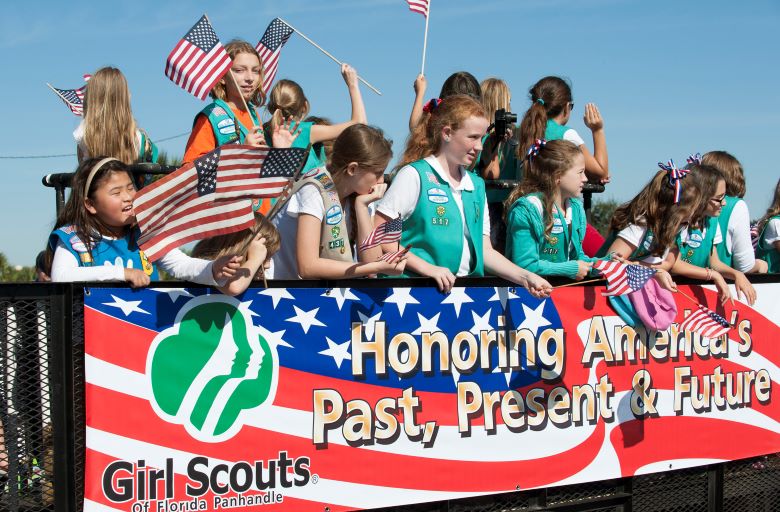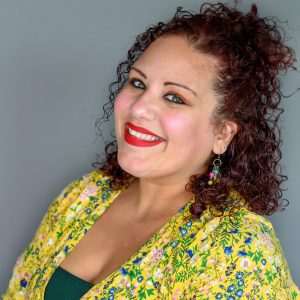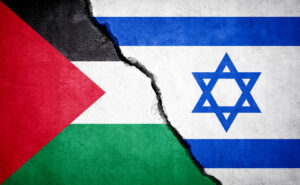Girl Scouts’ content director on the 3 questions every brand should ask their audience
A look at how to identify and help solve cultural pain points of your audience and create a more equitable brand experience for diverse audiences.

As the topic of racial justice has dominated recent headlines, many organizations are reflecting on how they can better engage stakeholders.
For the Girl Scouts of the USA, being aware of the diversity of its audience has always been a priority. We talked to Sonia Acosta, director of brand content, about how the organization crafts messages that deliver equal value to brand stakeholders of all backgrounds. Her insights provide a valuable reminder that communicators must turn a critical eye to their own biases and assumptions in order to forge deeper connections with audiences.
Ragan: How do you adapt your messaging to be more culturally relevant to diverse audiences?
Acosta: At Girl Scouts, we really make an effort to look at all of our content, both verbal and visual, with a critical lens to ensure that we are communicating in a way that will resonate with all of our audiences, no matter who they are, where they come from, what they believe, or what their interests are.

Girl Scout is and has always been for every girl and every individual who wants to champion girls’ success while helping us make the world a better place, so we really work to infuse that into everything that we do. And of course, we miss the mark at times, as we all do, but we’re never afraid to learn from our mistakes, listen to our customers, have open conversations, and work to do better and better each time to both represent and attend to all of our customers’ needs. And that applies whether we’re communicating in English or Spanish, since no language covers any one specific audience or culture.
Ragan: What questions should brands ask to identify cultural pain points of their audience?
Acosta: I think the main questions brands need to continually ask of their audiences to identify cultural pain points and work to provide solutions to those pain points are:
- What do you and your family care about the most? What worries you, what motivates you?
- What do you need from us in order to really feel like our brand is for you and your family?
- What are we doing right and where are we missing the mark?
Ragan: In what ways has COVID-19 changed what communicators need to consider when reaching diverse audiences?
Acosta: When communicating with diverse audiences, I think you always need to consider that everyone’s experience with your brand won’t be the same. Not because you don’t work hard to provide an equitable experience for all of your customers, but simply because everyone’s lived experience is different and therefore will play a part in how they experience your brand.
Our members live in all areas of the country, both urban, rural and even remote areas. They experience different challenges, live in different social, economic and political environments, and even experience different weather. With the added layer of COVID-19, we now also need to consider that a pandemic such as this one does not affect everyone the same. Some folks are working from home, others have lost their jobs, some have dealt with the virus firsthand or even lost a loved one to it, some folks might be dealing with trying to homeschool one child, others three. It just all depends—it’s so personal.
What we’ve tried to do at Girl Scouts in the last few months is meet people where they are. Since the pandemic first shut everything down in March, we’ve focused on being flexible, on adapting our programming to fit the current situation, and on providing the utmost in customer care. We’ve asked, “What does your family need from us right now?” and we’ve worked to deliver on those needs whether it’s through online programming to keep girls engaged, connected and inspired; volunteer support including tips on how to run a virtual troop, reimagining cookie sales to support our local councils, providing expert tips and advice to parents, and more. And we haven’t been afraid to pivot as many times as it takes to ensure that we’re adapting along with the evolving situation and how that continues to affect our customers.
Ragan: How can you ensure you’re delivering an equally valuable brand experience to multicultural audiences?
Acosta: Girl Scouts is all about flexibility. Even before COVID-19, we’ve always worked to meet girls, parents, volunteers, and all of our valued audiences exactly where they are while also pushing them to reach their full potential. Our programming is now and has always been meant to be girl-led and allow for customization depending on girls’, troops’, and a family’s specific interests and needs.
I think the best way to ensure you’re delivering an equally valuable experience across multicultural audiences is to ask a lot of questions—and not just during a pandemic, but always. Consistently ask your customers what they feel like they’re missing from you, what you could do to better serve them, etc. Listen, be humble, and don’t be afraid of change. This can be done in a variety of ways whether it’s surveys, focus groups, one-on-one conversations, market research—whatever it takes.
At Girl Scouts, we actually have our own research arm, the Girl Scout Research Institute, which measures the impact of Girl Scout programming and leads national conversations about girls and their development via groundbreaking original studies, on an ongoing basis. These findings don’t just help us provide better programming and support to our girls, parents and volunteers, they’re also used to inform public policy and advocacy for Girl Scouting.
Hear more tips from Acosta on how to reach diverse audiences with your messages and stories during this week’s Brand Storytelling During a Crisis Virtual Conference.







